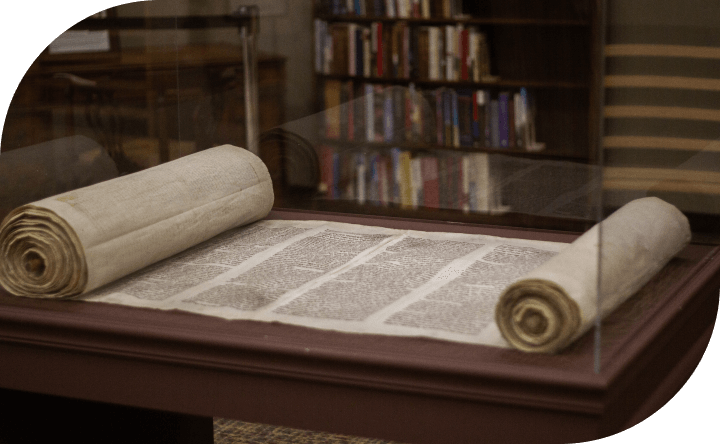פרשת תזריע מצורע העירון שבי
02 May 2025
בפרשת השבוע אנו לומדים על נגעי צרעת – תהליך הדרגתי שבו אדם שחטא בלשון הרע מקבל אות משמיים. בתחילה מופיעה הצרעת על קירות ביתו. אם לא הפנים את המסר – היא עוברת לבגדיו. ואם גם אז אינו מתעורר – הנגע מגיע לגופו ממש.
אחת ההלכות המעניינות בעניין הצרעת היא שרק כהן מוסמך לקבוע אם זהו נגע טמא. גם אם הנגע נראה ודאי – כל עוד הכהן לא פסק, אין זו טומאה. יתרה מכך, אם לכהן עצמו יש צרעת – הוא אינו יכול לפסוק לעצמו. עליו לפנות לכהן אחר. הגמרא מסבירה: "אין אדם רואה נגעי עצמו". כלומר – אדם לא יכול לשפוט את עצמו באובייקטיביות, לא מבחוץ ולא מבפנים.
שמעתי על כך ביאור עמוק: הצרעת מגיעה בעקבות דיבור רע על חבר – לשון הרע. והרי כתוב במסכת אבות: "כל הפוסל – במומו פוסל". כלומר, כשאדם מדבר בגנות חברו, הוא בעצם מגלה על עצמו שיש בו את אותו הפגם – הוא רק לא רואה זאת. לכן הקדוש ברוך הוא שולח לו סימן – נגע. כמו לומר: אתה רואה את הפגם בחברך, אבל לא מזהה שהוא נמצא גם בך.
הכהן בא כאן כעין מראה חיצונית – רק מישהו מבחוץ יכול באמת לראות אותנו ולשקף לנו את מה שאנו לא רואים לבד.
הלוואי שנזכה תמיד לראות את הטוב שבאחרים – ובעיקר, את האור שבתוכנו.
Dvar Torah – Parashat Tazria-Metzora: Seeing the Nega – Discovering Ourselves
In this week's Parasha, we learn about the process of Tzara'at – a spiritual affliction that comes upon a person who speaks Lashon Hara (slander). It begins subtly: first the walls of his house are affected. If he doesn’t reflect, the Nega spreads to his clothing. If he still doesn’t change, it reaches his own body.
A fascinating detail is that only a Kohen can declare a person Tamei. Even if the signs clearly indicate Tzara’at, until the Kohen says so, it is not officially declared. And if the Kohen himself has Tzara’at, he cannot diagnose himself – another Kohen must do so. The Gemara explains: "Ein adam ro'eh nigei atzmo" – a person cannot see their own blemishes objectively.
There is a deep insight here: Tzara’at comes as a result of speaking negatively about others. And as the Mishnah in Pirkei Avot says: "Kol haPosel – b’mumo posel" – when someone criticizes another, they’re often projecting their own flaws.
In truth, the person who speaks Lashon Hara may bear the same fault – but doesn’t see it. That’s why Hashem sends him a visible Nega – a divine hint: you judged your friend, but are blind to the same in yourself.
The role of the Kohen is symbolic – someone from the outside who can reflect to us what we may not be able to see within ourselves.
May we merit to always see the good in others – and more importantly, the light within ourselves




